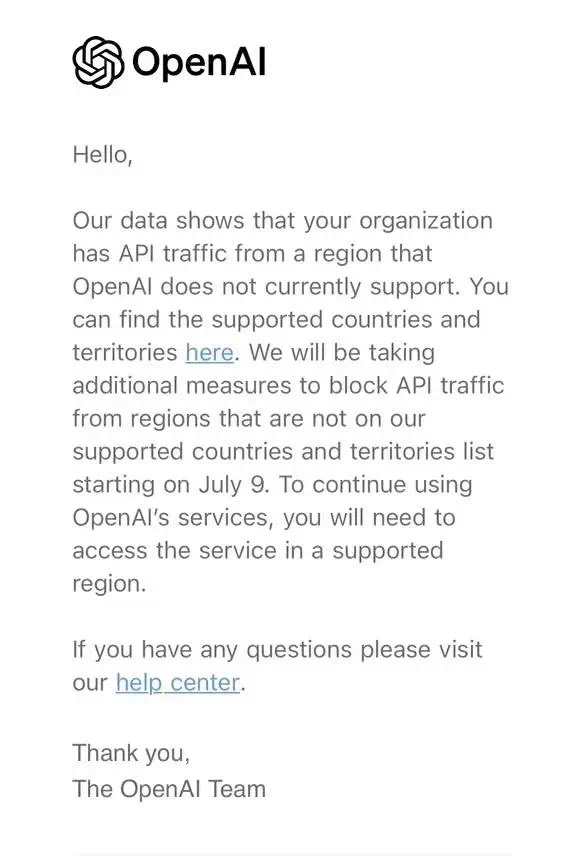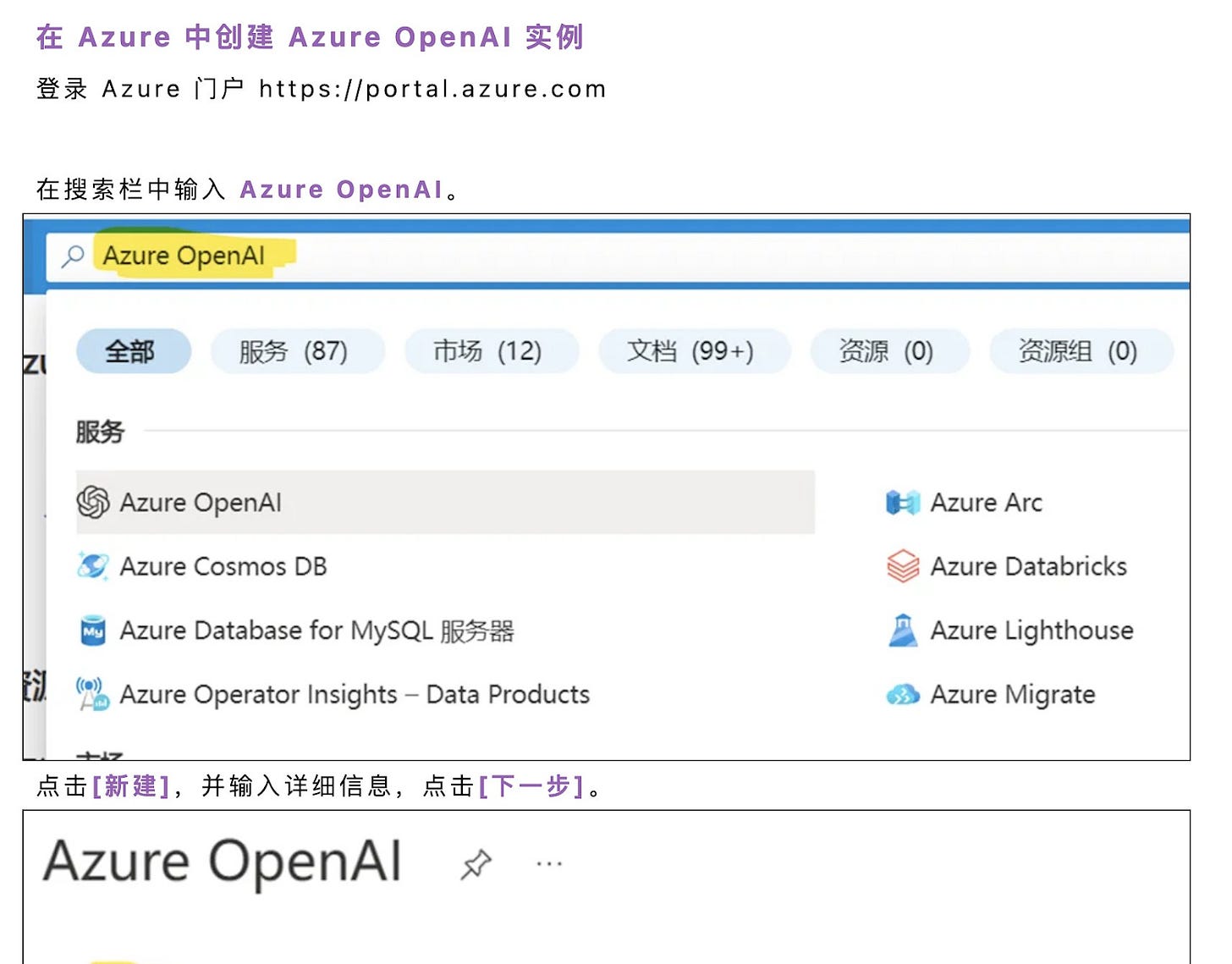($) OpenAI Bans China
This API ban signals a phase shift from “chip war” to “cloud war”
This is premium member only content. Thank you for being a paid subscriber of Interconnected Premium! If you aren’t yet part of our premium edition, I hope you join us!
Last week, OpenAI sent out a notice to all its developers in China that it plans to cut off access to its APIs. This move sent a mini shockwave through the Mainland tech ecosystem. Here’s what OpenAI sent:
Every Chinese technology company with its own AI model and API service immediately released migration plans and discounts to woo developers and gain market share – Alibaba, Zhipu, Baidu, 01.ai, the list goes on. The easy, first-order conclusion to be made is that OpenAI’s exit is a big boost for Chinese AI companies.
But hardly before the dust settled, Microsoft’s China Azure team also released a similar migration guide (see screenshot), showing Chinese developers how to migrate their OpenAI workload to…Azure OpenAI.
You might be scratching your head a bit at this point. Hold on, isn’t ChatGPT banned in China? How is OpenAI’s APIs accessible to begin with? Also, how come Azure has a different policy from OpenAI and competes with each other? Isn’t OpenAI basically owned by Microsoft?
Well, the entanglements between tech giants in AI are as confusing as ever. Layering the US-China tech competition on top of it all, OpenAI’s decision to cut off China from its APIs signals a bigger phase shift in export control from “chip war” to “cloud war”.
Let’s untangle them all one by one.



